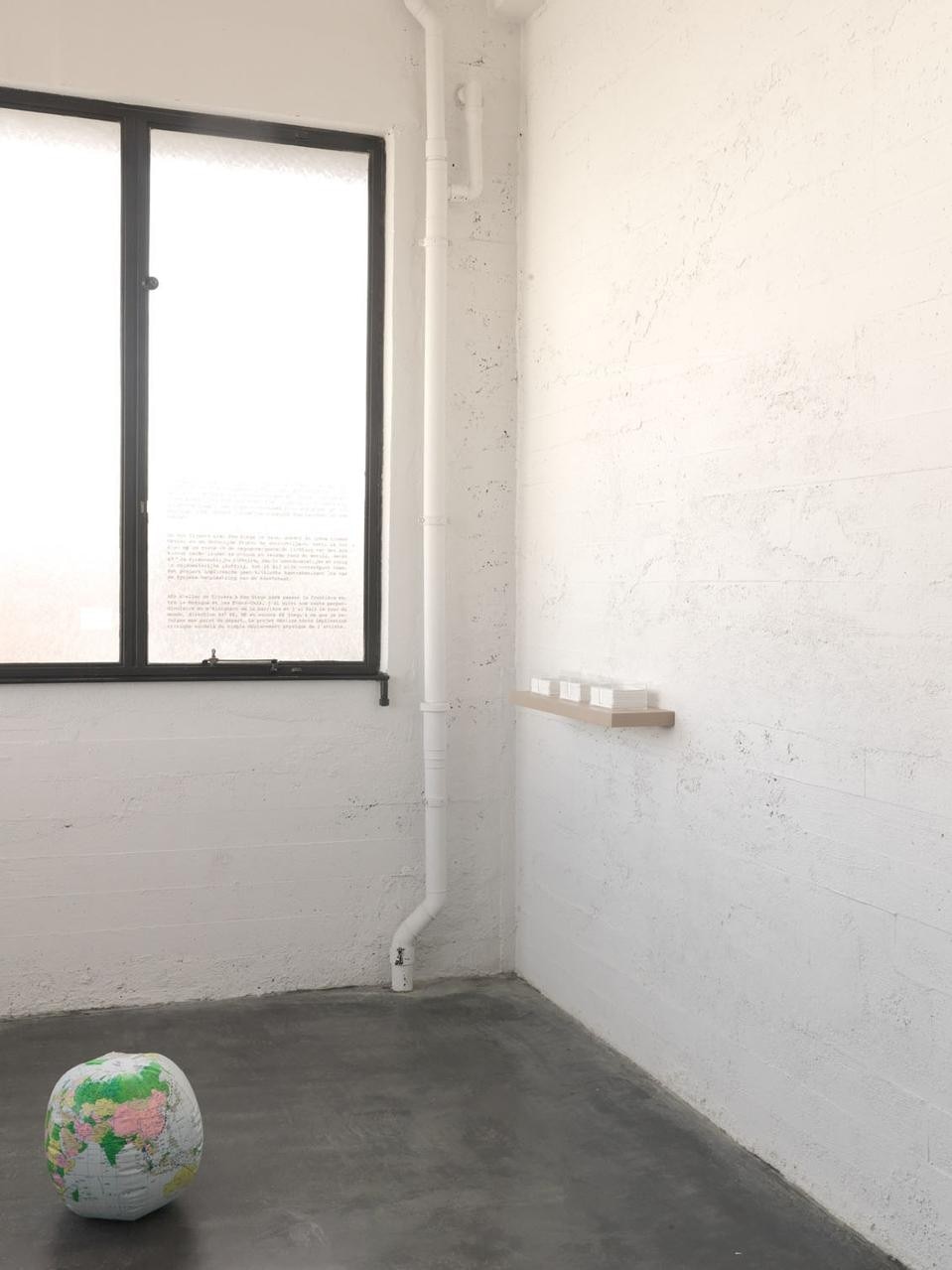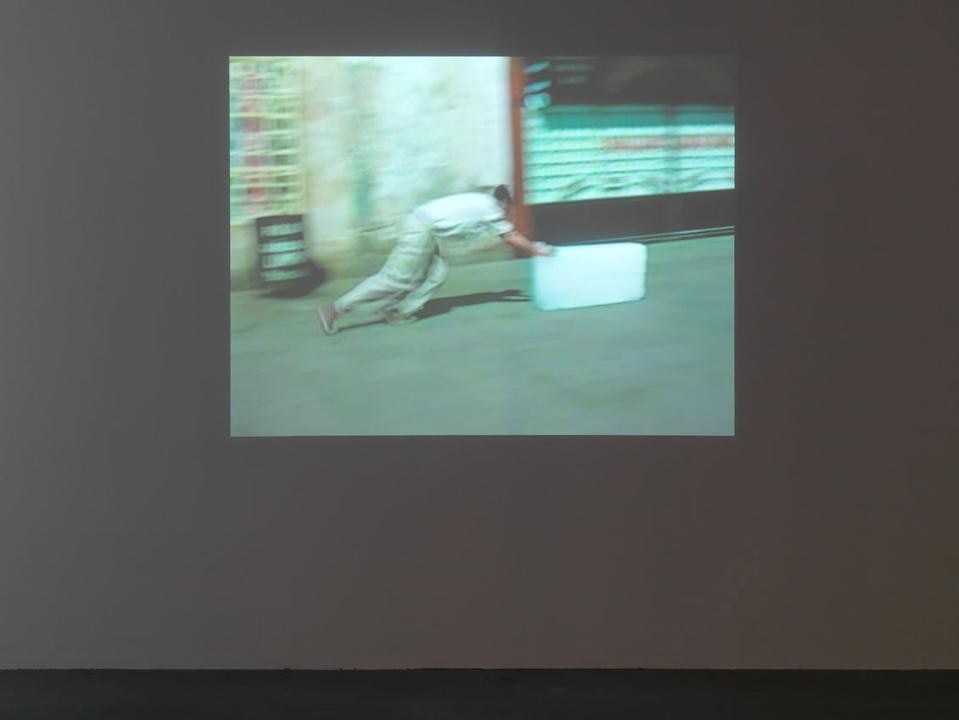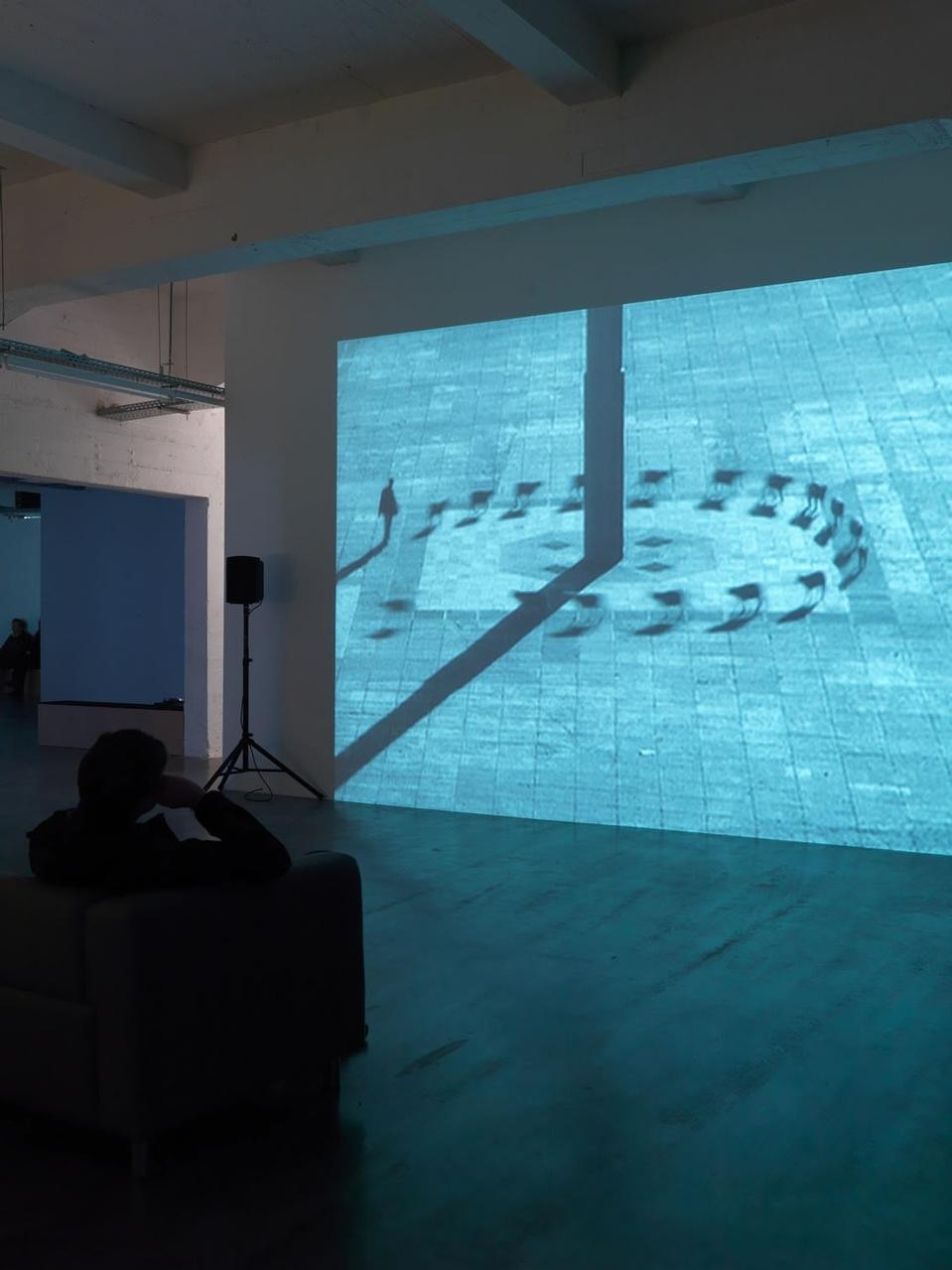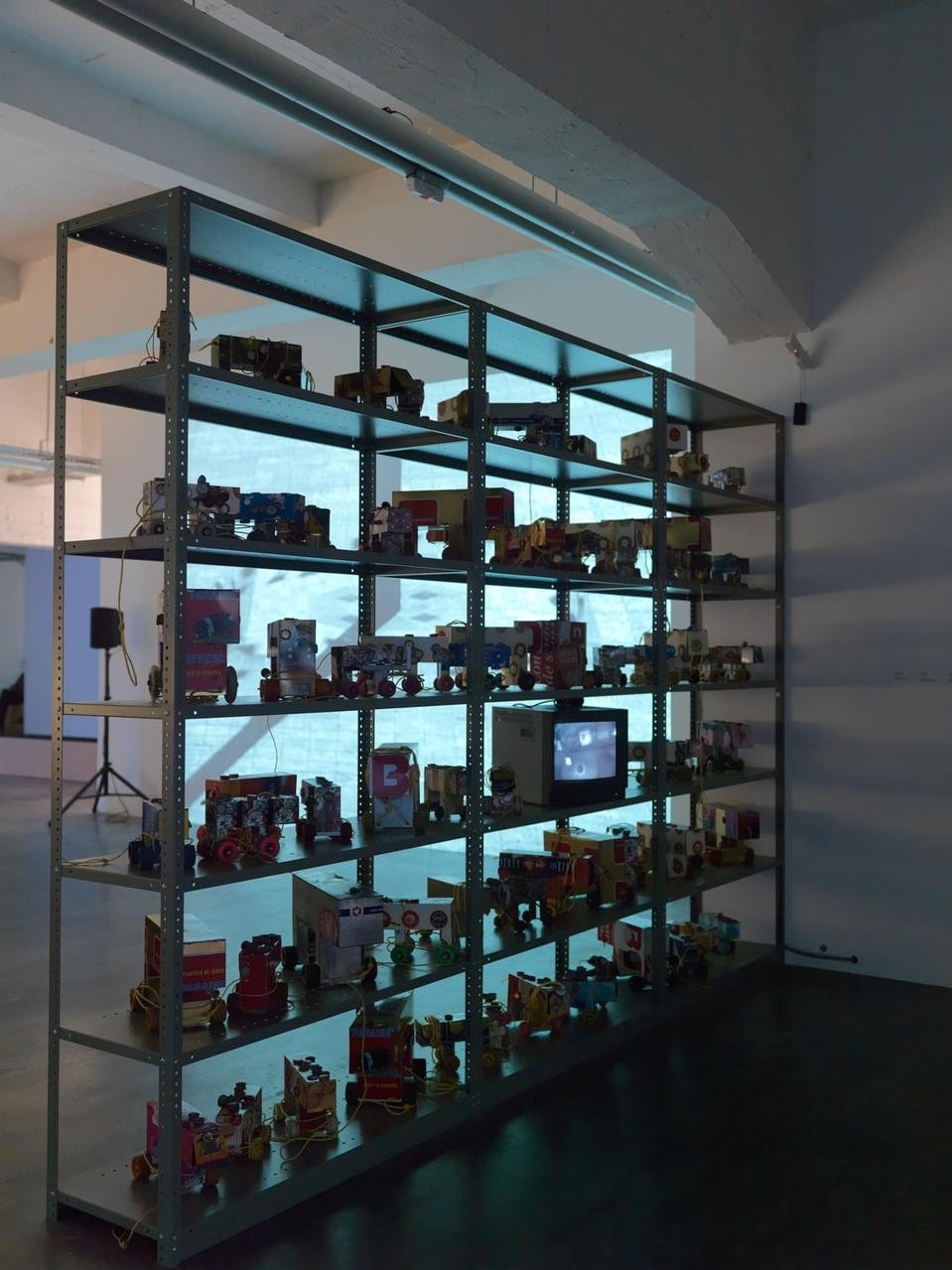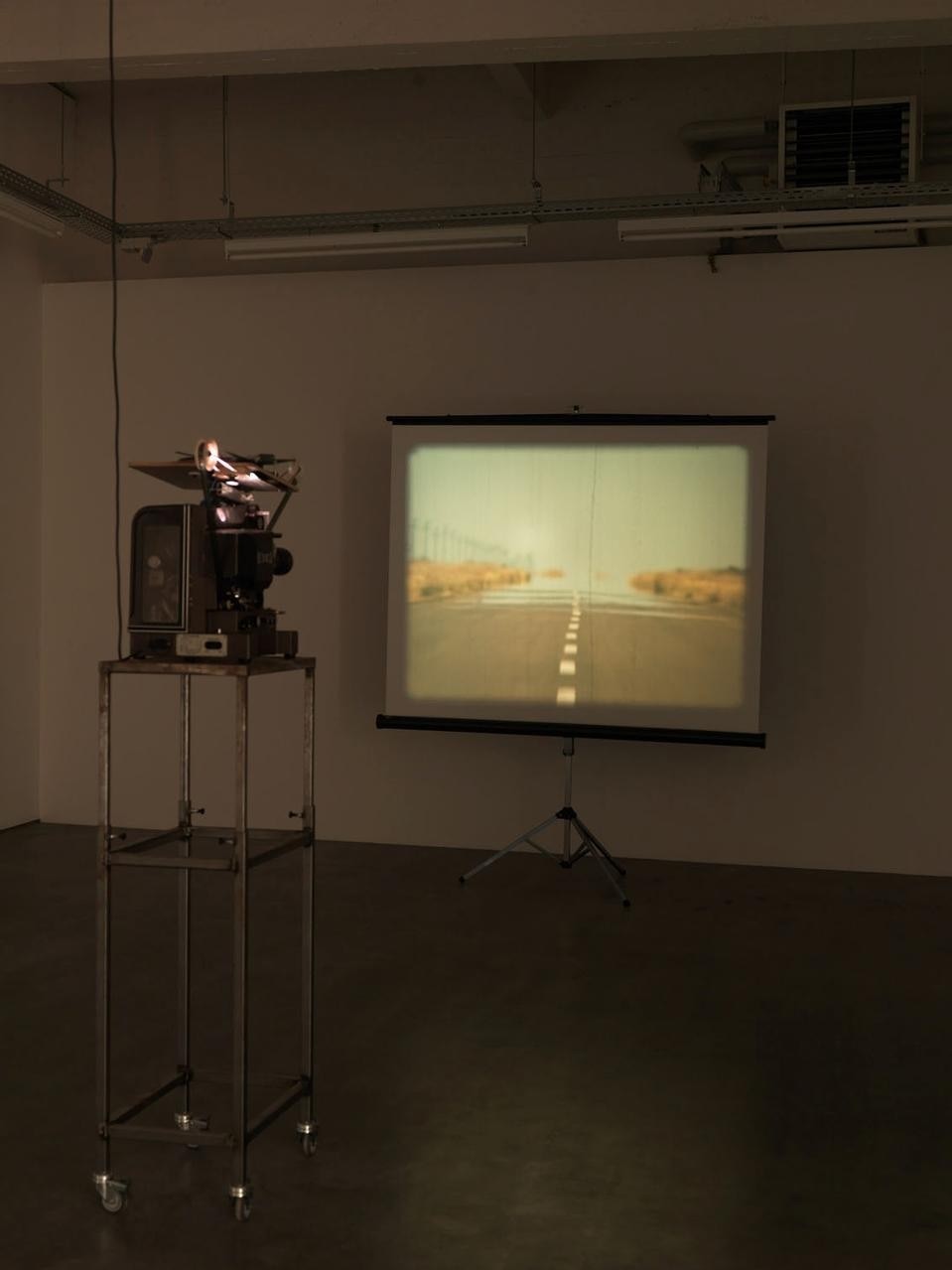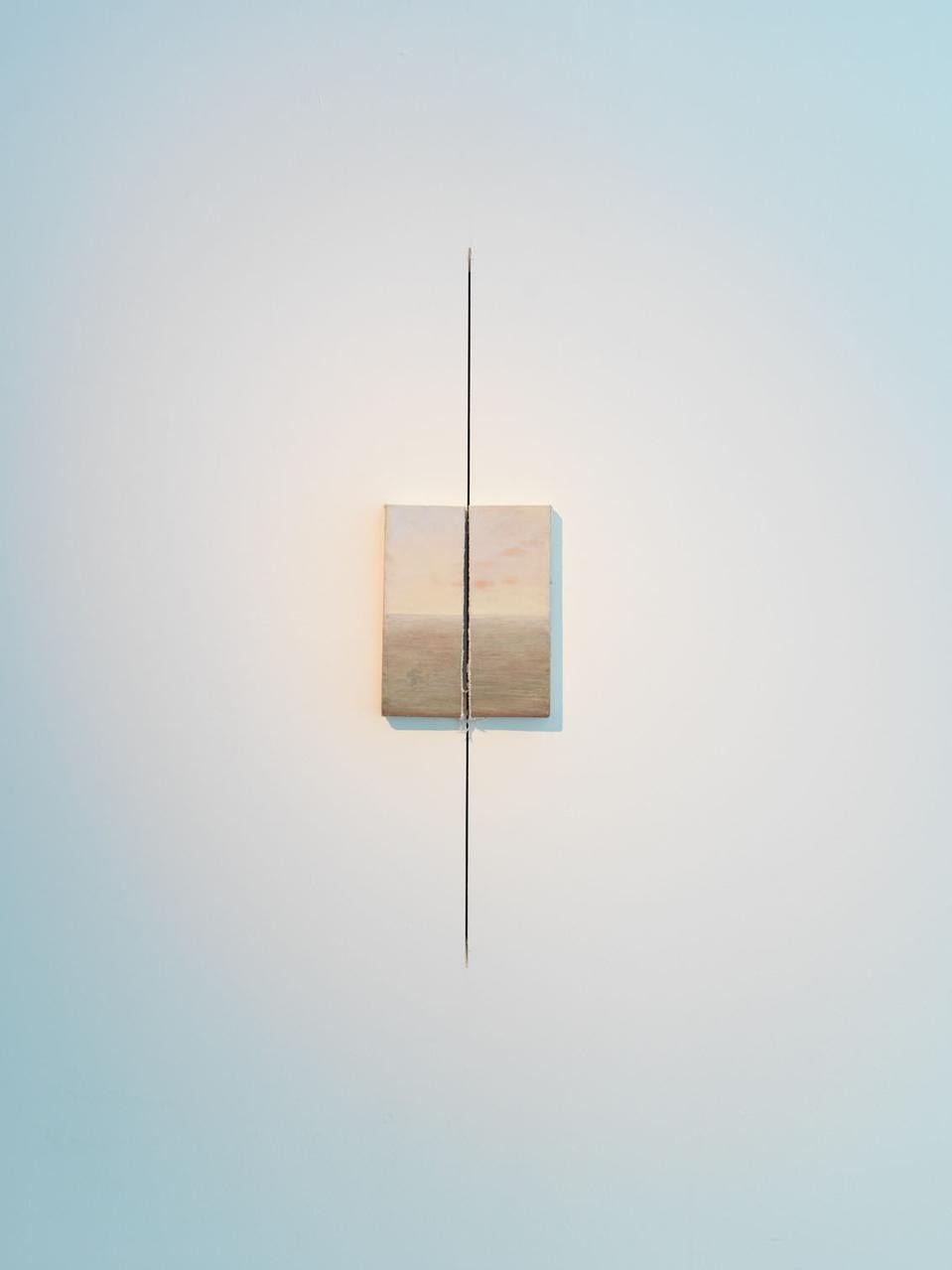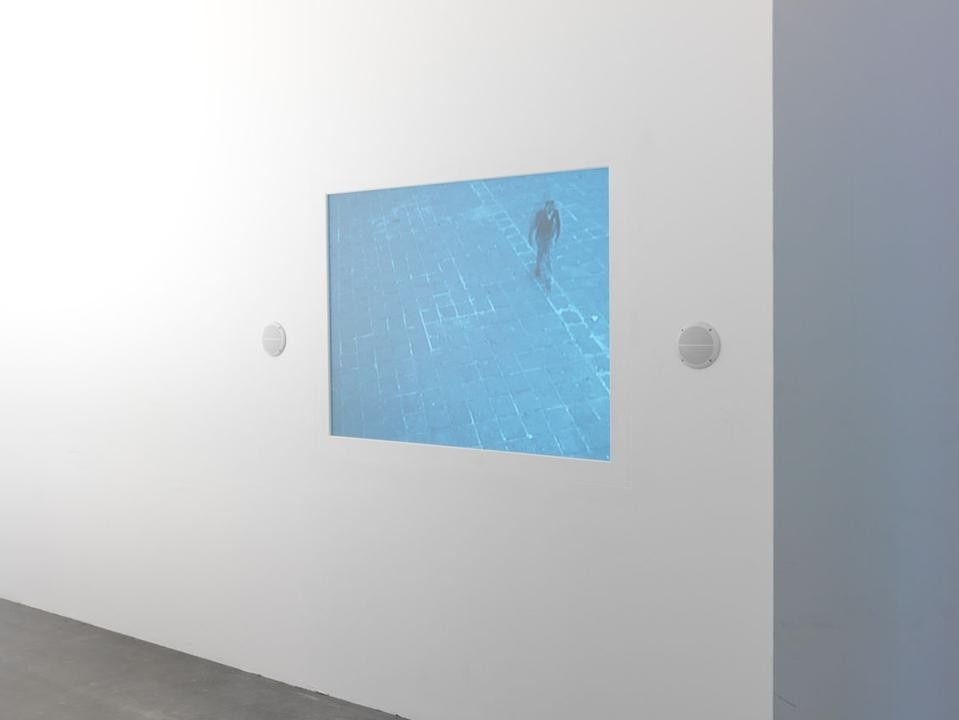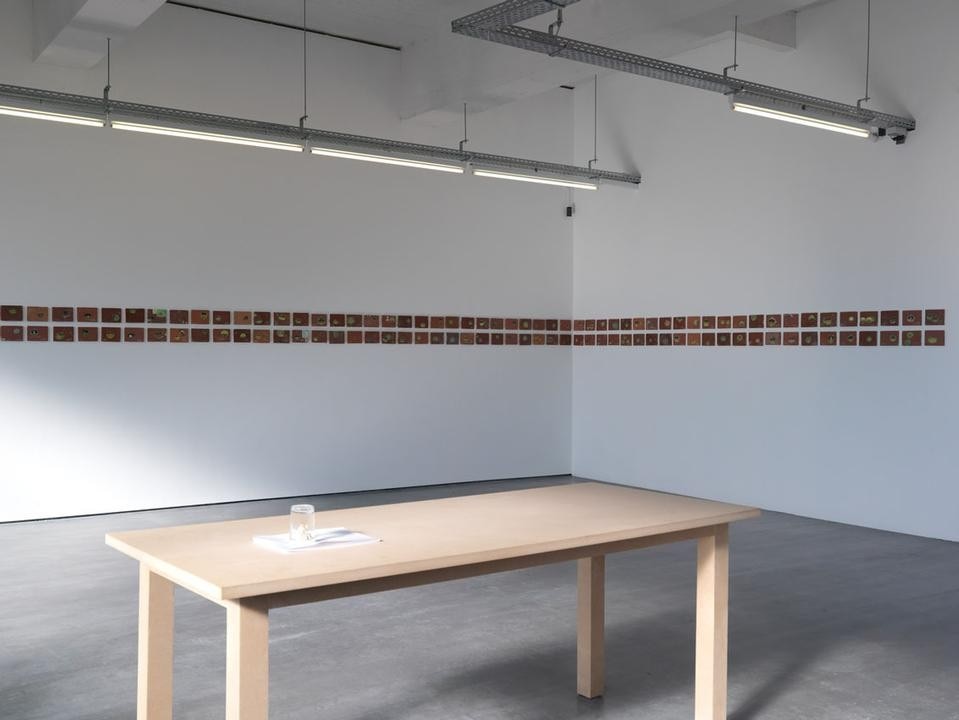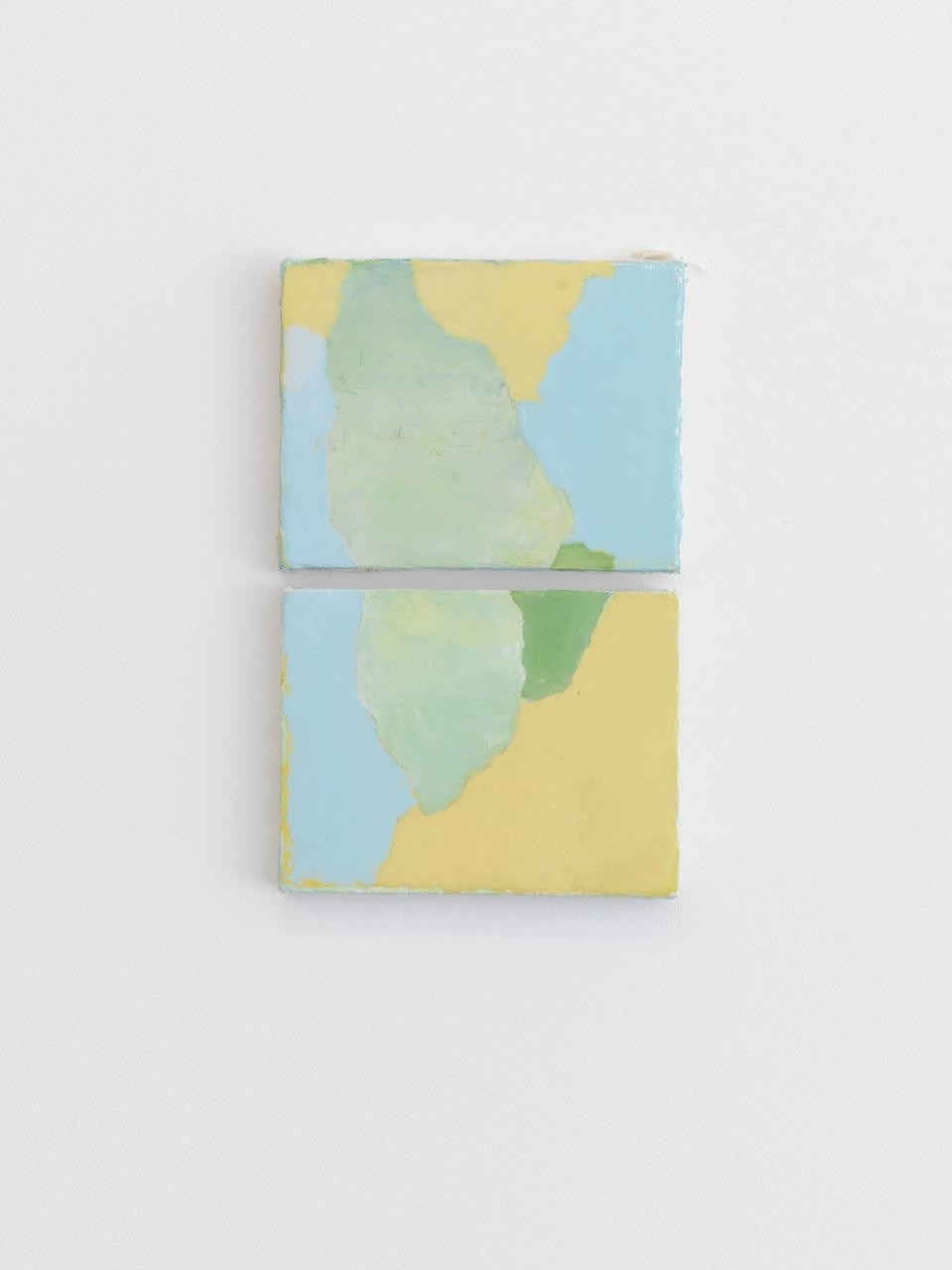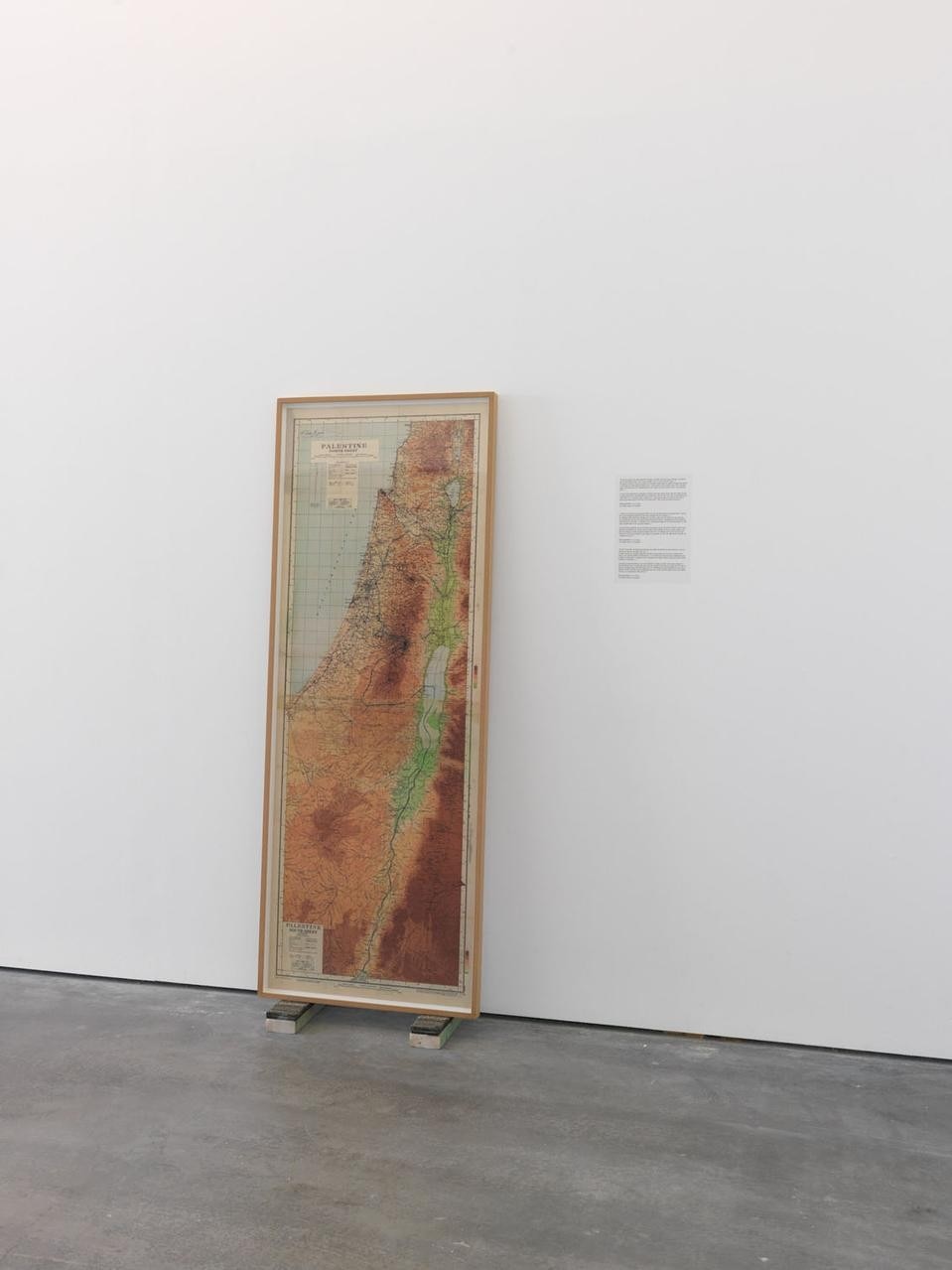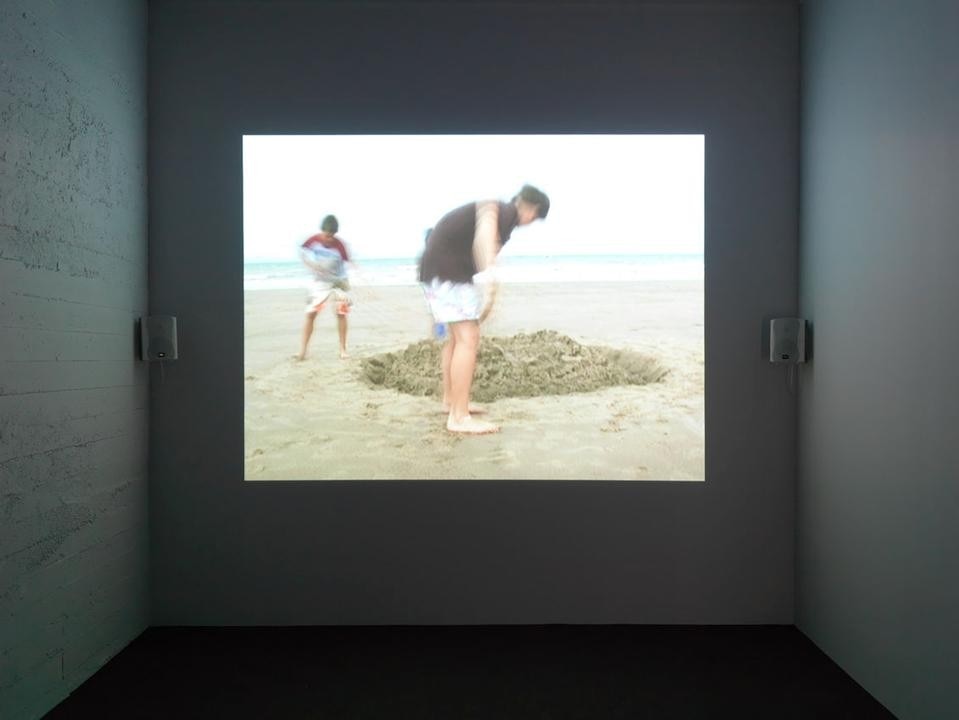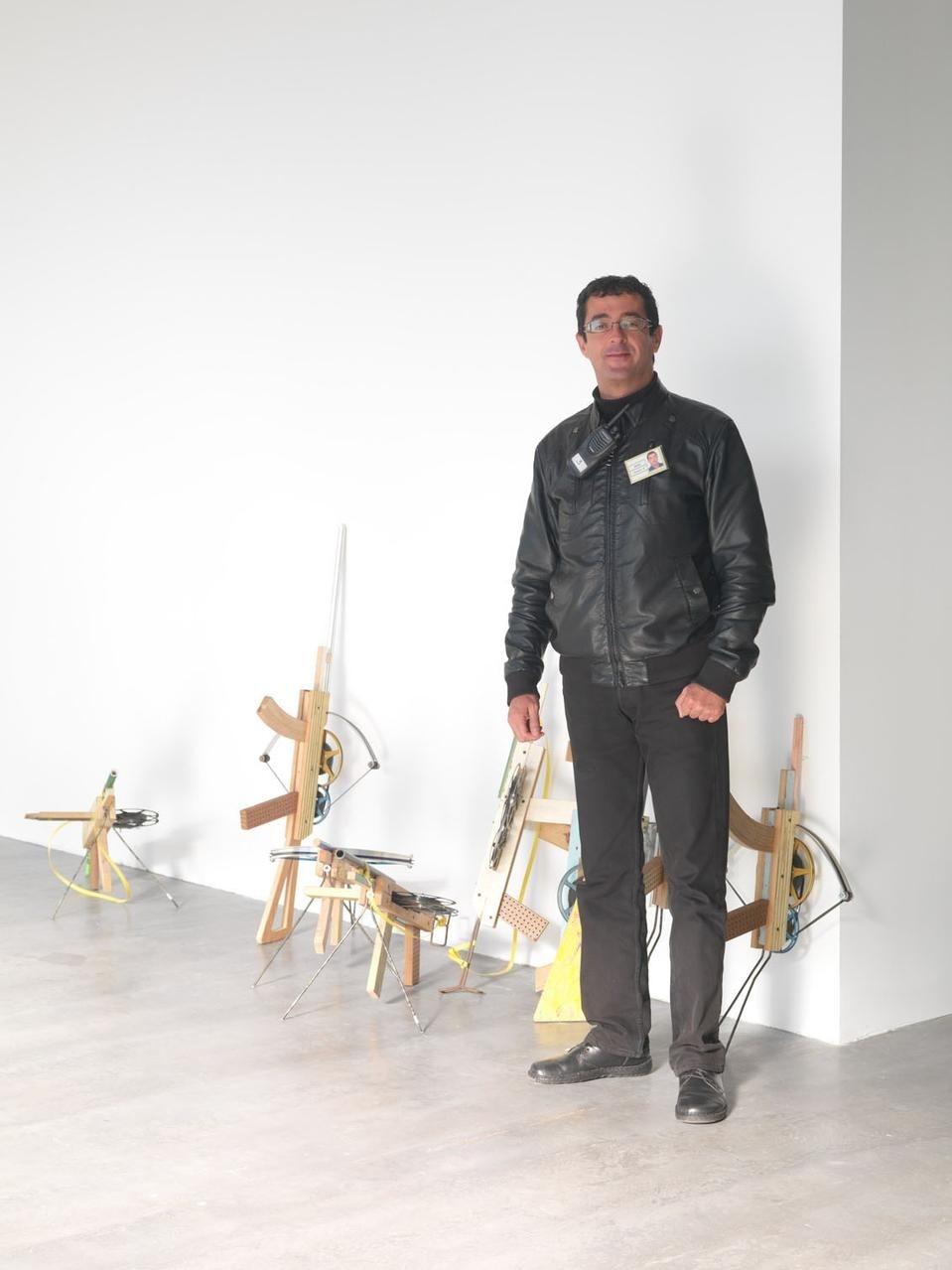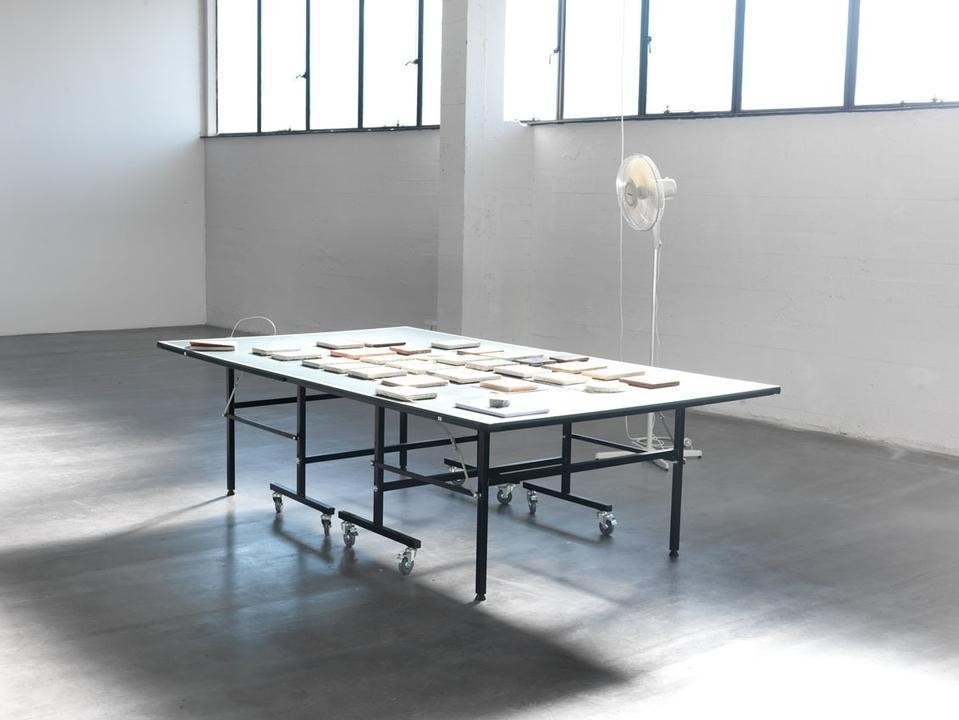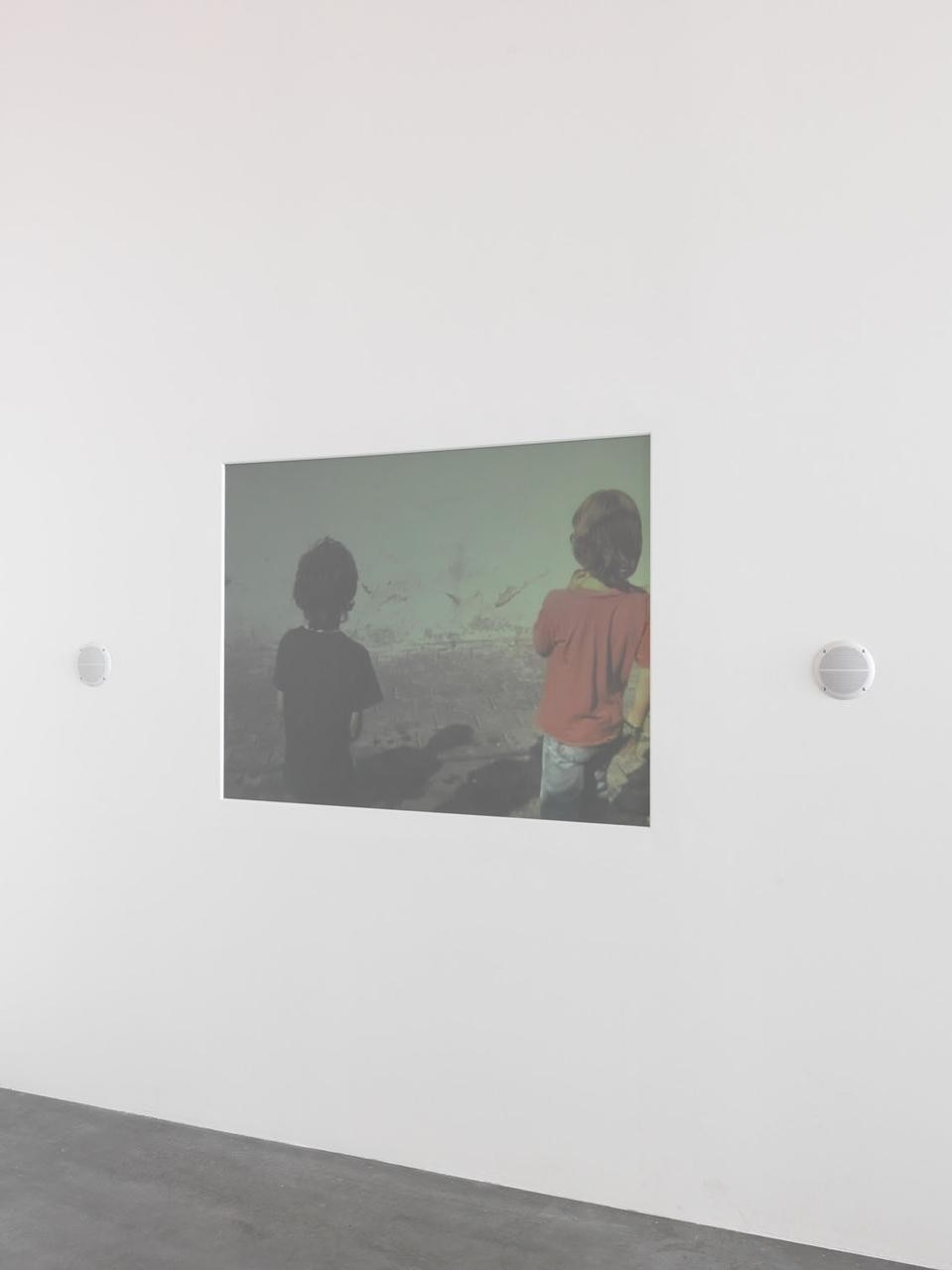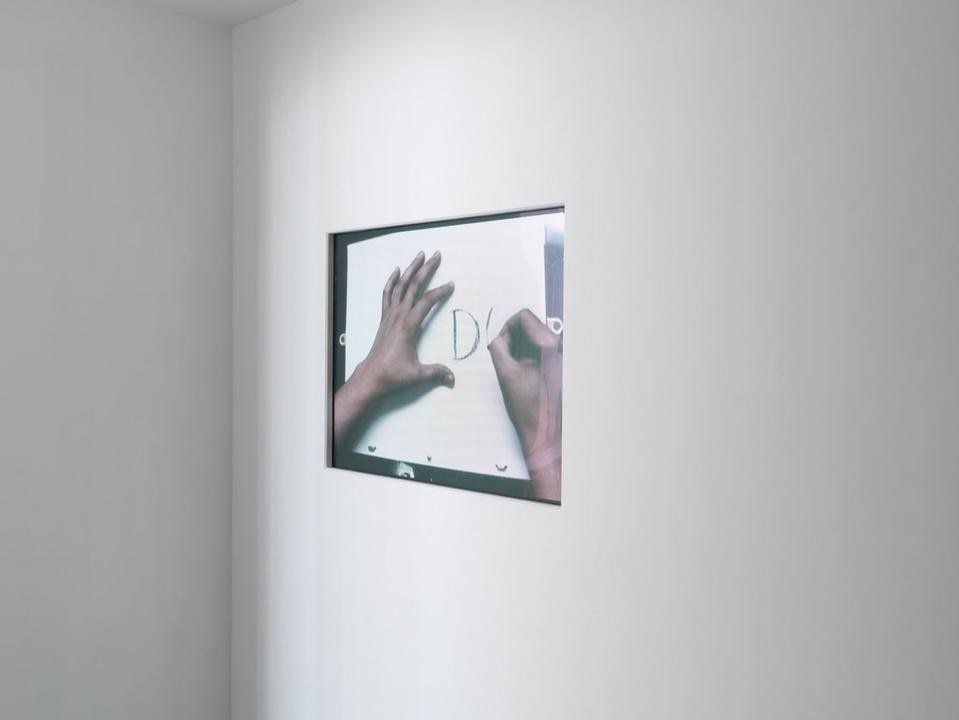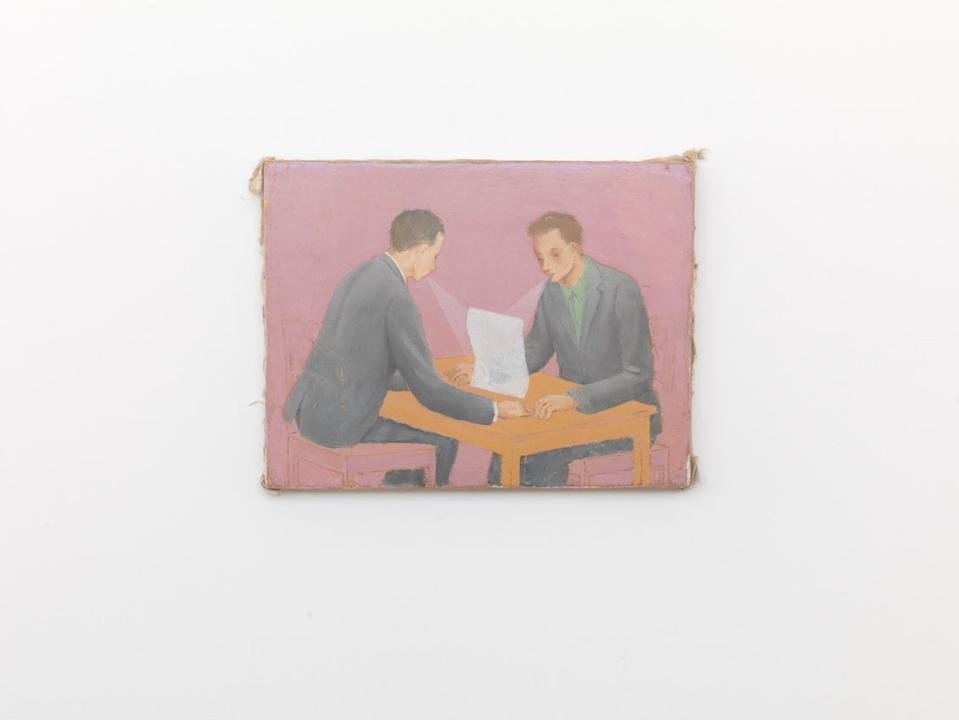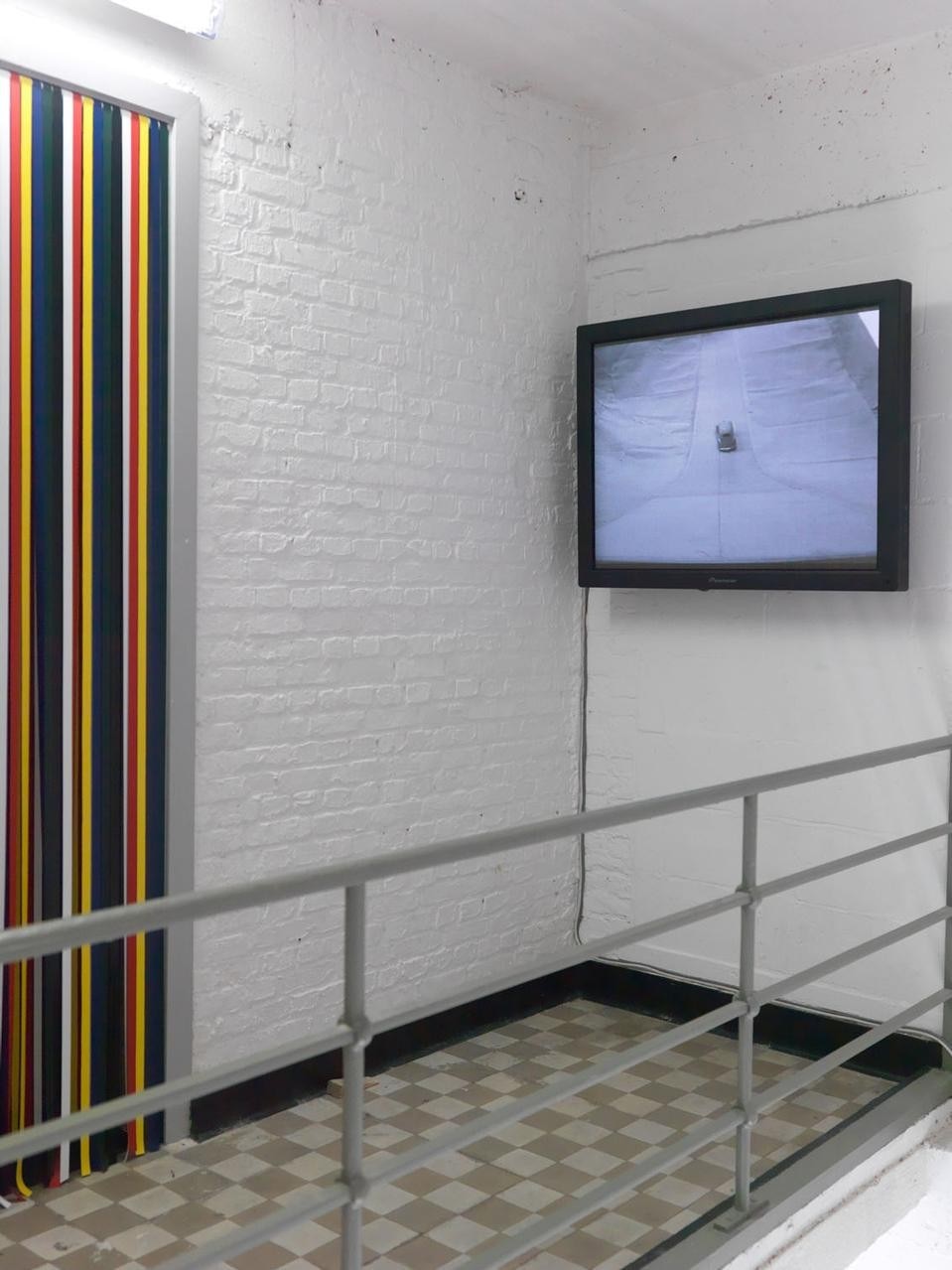The invention of language has shared origins or perhaps coincided with that of the city. "Each of my interventions is another fragment of the story that I am inventing, of the city that I am mapping" claims Francis Alÿs (in Francis Alÿs – A Story of Deception, edited by Mark Godfrey, TATE Publishing 2010). And, yes, urban structures, their residue and their holes in space and time are absorbed, gathered and collected by the artist, who then turns them into a story, a social and political fairytale.
The Belgian artist's large "A Story of Deception" one-man exhibition (on until 30 January 2011), curated for Wiels by Dirk Snauwaert after coming from TATE and before going to MoMA in New York in May 2011, manages to match the form with the contents of Alÿs' work. The architecture of the exhibition, conceived as a crossing or small journey, is both landscape and story. It succeeds in naturally combining the idea of almost aimless walking as a form of social resistance and poetic discipline, a crux in Francis' work, with a catalogue of works that are self-sufficient but also complete each other, like overlapping scenarios.
The story starts with a writing exercise, a list of things that the artist does not usually do while he is walking, actions listed dogma-style to define the meaning of the practice that is core to his work. As Long as I'm Walking… (1992), "I'm not choosing, losing, making, knowing, believing, cheating…" wrote Alÿs on a piece of polypropylene kept for years in a corner of his studio. From The Collector (1990-1992), in which the author pulls a small magnetic dog on a string through the streets of Mexico City, attracting nails, bottle tops and any other city residue in metal, to the urban designs of Fairy Tales (1995) and The Green Line dated 2004, a two-day walk on which Francis Alÿs allowed a tin of paint to drip along the "green line" that marked the division between Israel and Jordan during the armistice between 1948 and 1967. Every crossing, every 'walk' is a declaration of resistance to a society that lives on speed alone. It is both a public and a political practice. "The last private space far away from telephones and emails,", says the artist. "an attitude that can generate a condition of full self-awareness" and, at the same time, "capable of alerting you to everything that happens in your peripheral vision, our hearing, it is a truly immediate way to develop stories.." .
In Paradox of Praxis 1 (Sometimes Doing Something Leads to Nothing), 1997, he was walking aimlessly again but this time with an added variable – time. An ordinary block of ice pushed and pulled through the city streets until it melts and disappears is a metaphor for a Latin American society seeking to improve its lot and construct modernity in a wearying process that inevitably meets with failure. This action contains themes explored by the Belgian artist in the 1990s – e.g. the study of the economies in the southern hemisphere and everyday survival tactics – and led to a number of works over the years in which the exploration of the relationship between time and work was turned into social performances. This is the case of Looking Up (2001), in which the artist, like a fixed motor, stopped in a square and looked up, waiting for passers-by to gather around him as they tried to understand what there was to see. After he had gathered a micro-community of people with inquisitive upward-gazing eyes without moving or the use of force, the artist left without giving any explanation.
Singular and plural. Francis Alÿs flanks the private space of his crossings and walks with public actions involving large communities or multitudes of people. Actually he creates real-life drawings, lines and curves, hand marked on our atlas, in which long chains of people move and compose new geographical filaments as they act to change the landscape and political and social boundaries. In Bridge/Puente (2006) the artist directed the fishing communities of Key West and Havana as they lined up their boats and created a floating bridge between Cuba and the United States. In When Faith Moves Mountain (2002), 500 Peruvian volunteers shifted a 500-metre-long dune on the outskirts of Lima by 10 centimetres. This is the practice of drawing, painting and the project mixed with those of narration and social action.
Alÿs' story seems to describe an ego that is singular and collective at the same time and in which awareness and unawareness of your own nature are blurred, exactly as theorised by Yuko Hasegawa in 2001 with his Istanbul Biennial entitled Egofugal. Paradoxically, it is the works that revolve around animals that reveal the forms and conditions of the relationship between man and city, between human nature and society: the Mouse (2001) freed in a gallery space, the fox that crossed the National Portrait Gallery in London on the night of 7 April 2004 and the sheep in Patriotic Tales (1997), which in silence participate in a silent, mystical and political ritual. It is, however, the protagonists of Sleepers (1999), people and dogs sleeping on benches and on the ground in parks and on city streets that provide the most crystal-clear image of Alÿs' story on the ecology of urbanisation. Photographed from the ground with a horizontal camera angle, the people in the work dream away, mindless of the traffic and the rules of modern civic life, almost giving onlookers a glimpse of a parallel reality, yet another and one of the many that are tangled together today in large conurbations.
There is a feeling that artists like Francis Alÿs are able to describe, analyse and portray the complexity of the city and its folds far better than the architects or town planners have done in recent years. Francis' work is a sensitive map that reads the tensions, paradoxes, social conditions and atmospheres, "with contemplation and interference" .
Having reached the last small room of the exhibition, at the top of the Wiels industrial building, the route returns to the city. The video Politics of Rehearsal (2004) plays beside the horizontal window overlooking Brussels. The critic Cuauhtémoc Medina comments on Harry Truman's 1949 speech and its impact on the politics of the southern hemisphere as a stripper rehearses her performance over and over, accompanied by the music of a piano and the voice of a soprano.
Francesco Garutti
